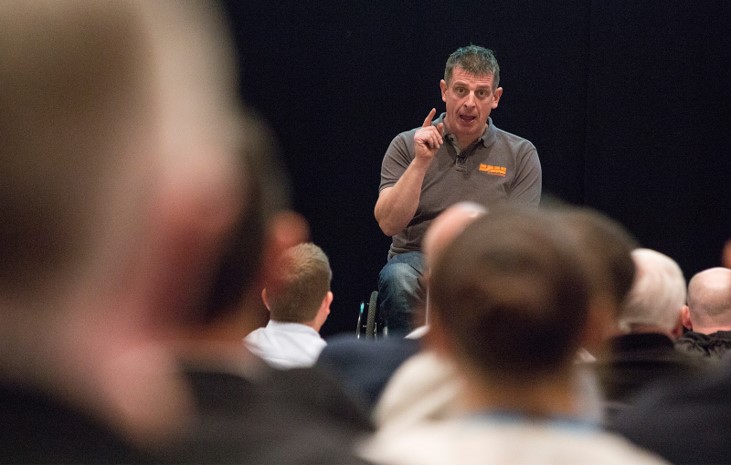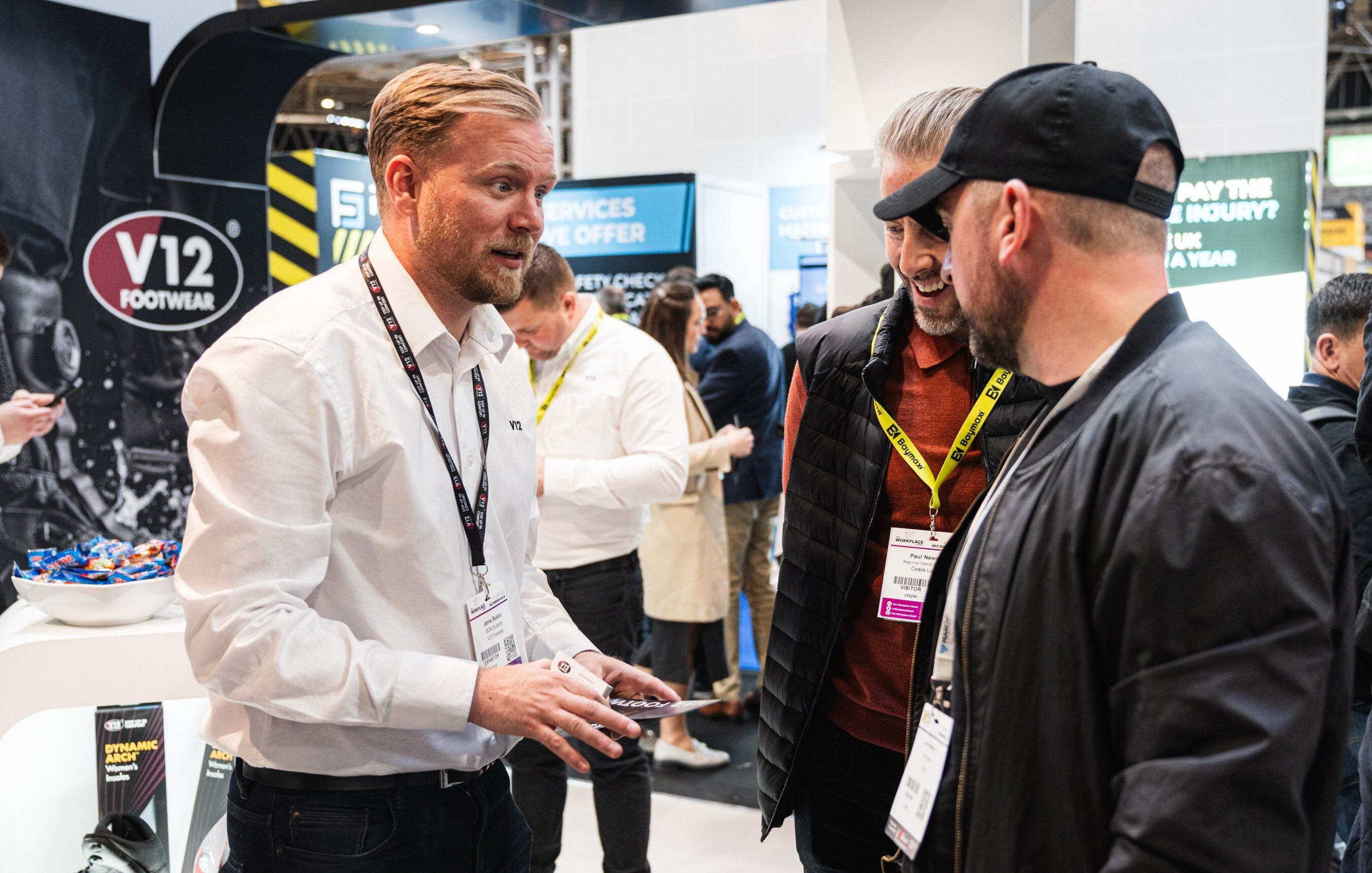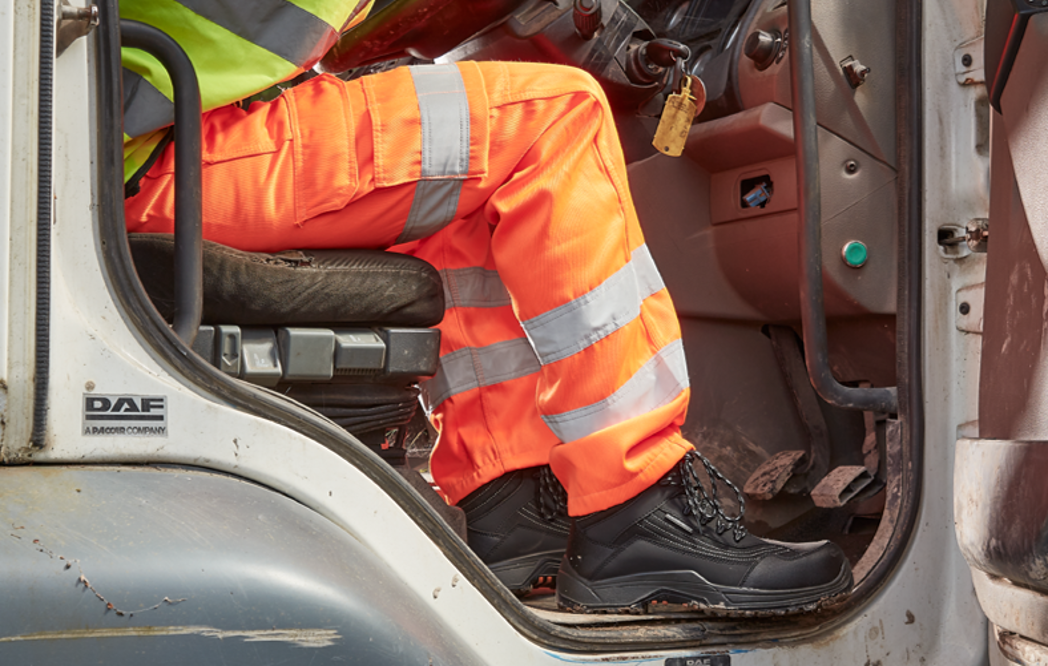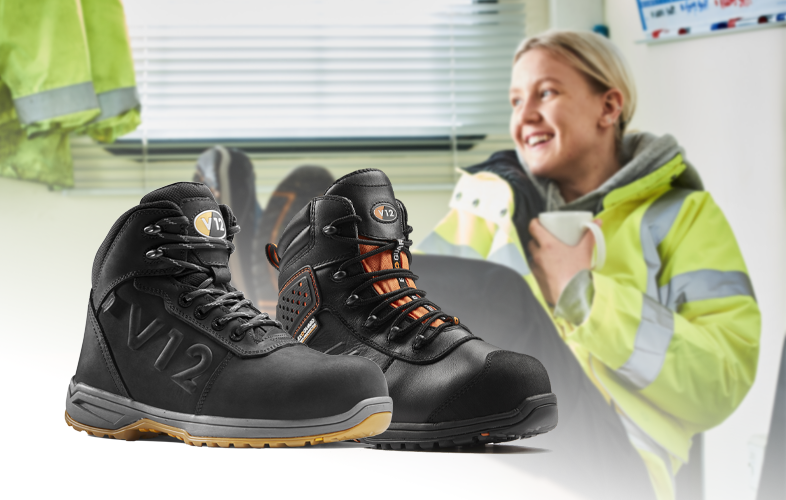In 1993, Jason Anker fell from a ladder, leaving him with life-changing injuries. But his story doesn't start on the day of his accident. When I ask him about what happened, he takes me back to the year before.
“The previous year, I had been working as a sign writer - my dream job, and I was really happy. But then I was made redundant, so I started working at a power station, which I really didn’t enjoy. I had a complete lack of job satisfaction, and I was - due to the nature of the job - away from my family for extended periods of time. Remember, this was the early nineties – there were no mobile phones so I couldn’t have regular contact with them, and this put a lot of strain on the family.
My next job was working on a building site, which I also really disliked. So basically, I wasn't in a good place - I had a low work ethic and was doing the bare minimum.”
SPEAKING UP
“Looking back, the lead up to my fall had all the hallmarks of an accident. It was a rushed job so we could hit the deadline, it was an ad hoc task that we weren't expecting, which meant people weren't as focussed and it was the end of the week so everyone was tired. The safety culture and regulations weren’t up to standard, so in this respect, I was let down - but it's two-fold. I was responsible too.
I was going through family problems, living an unhealthy lifestyle, I hadn't slept. So, on the day of my accident, these factors would have influenced my safety behaviour as well as there being poor safety culture on site.
But the key question is, did my poor well-being influence my not speaking up?”
 Jason's question is crucial, because it encourages us to look at safety through a different lens.
Jason's question is crucial, because it encourages us to look at safety through a different lens.
Whilst we must always look to have the best PPE in place to support people in hazardous environments, it must be paired with well-being to ensure accidents are reduced.
“For me,” Jason continues, “safety is about how you are when you get to work on Monday, and what has led up to that mental health state.
We all need to ask each other ‘What's going on in that person’s life that could make things unsafe?’ as well as the general safety rules. In my experience, accidents are often not the result of a lack of safety behaviour, but rather the result of someone having a really bad day.”
WHO’S RESPONSIBLE?
When I ask Jason about whose responsibility onsite safety is, he is clear that it’s a shared responsibility, but again, he circles back to well-being as the key.
“When I had my accident, yes, things on site could have been safer. The level of safety wasn't where it was supposed to be. But because of my distracted state of mind and low mood, I didn't observe these unsafe things as clearly as I could have. And this also meant I didn't feel confident to speak up about it. Because it takes confidence to voice your concerns to leadership, and if things are going on in your life that mean your confidence or self-esteem is low, you become - like I was - less likely to voice your safety concerns.”
And not being able to speak up is only one aspect of this issue. The link between poor well-being and alertness to danger is also worth considering.
I ask Jason if it's possible that someone might see unsafe behaviour or a lack of safety compliance on site and be so consumed by their poor mental health, they might not speak up simply because they've simply stopped caring.
"That's absolutely possible. If your life's on the downward slide, you've got money worries, relationship trouble, you haven't slept or your head isn’t in the right place, if you see unsafe behaviour or a potential accident, you may do nothing because depression makes you go inward, so you stop looking for or worrying about what's in front of you."
Jason is also quick to point out that unsafe behaviour is not always directly due to depression or stress. He believes that often the real hazards come from the lifestyle and lack of self-care that comes with poor well-being.
“If you're struggling, stressed or depressed, you might try to numb your emotions with alcohol. This means you're out late. This means you’ll be getting to work having not had enough sleep. Perhaps this means you’ve not had enough time to have breakfast. So, with no energy or time, you have an energy drink. So, you could be up a ladder or handling power tools feeling distracted, depressed - having had no breakfast, little sleep, jittery from high levels of caffeine, and possibly still have alcohol in your system.”
ARE YOU OK?
So, whilst the right PPE is important and plays a huge role in protecting against hazards and accidents, it cannot act alone. And Jason has a surprisingly simple, but often overlooked, solution to improve safety on site.
“Sometimes, hearing 'Are you OK?' is crucial. If you're struggling, hearing this from a colleague not only validates that yes, there are people who care about me, but it also reminds people that conversations about emotions and openness about feelings are OK in safety workplaces. And that can give people the confidence to speak up. About themselves and about what they’re concerned about from a safety perspective. We're all in it together.”
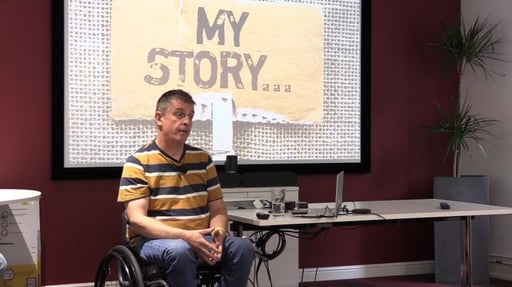 And this is why Jason is so keen to start his safety story a year before his accident. As on that day, rules alone weren’t enough to keep him safe.
And this is why Jason is so keen to start his safety story a year before his accident. As on that day, rules alone weren’t enough to keep him safe.
“Rules help keep you safe,” he says, “but they're always there. But people still act unsafely don't they? Thousands of accidents still happen each year. So, the warning ‘don't be unsafe' isn't enough. We have to look out for each other, and check if we’re ok.
When an accident happens, we always try to blame someone for their behaviour or negligence on that day. But we have to look at the whole piece - at the events leading up to that day, and let that inform whether things are really safe or not.”
When I ask whether we don’t focus enough on the ‘health’ in health and safety, Jason tells me about his belief in the often overlooked third aspect of the equation – well-being.
“I refer to it as well-being, health and safety. Well-being is not separate from health and safety. That's why Anker & Marsh (a training, assessment and consultancy service Jason runs with Tim Marsh) puts it right alongside health and safety, because without well-being, you can't really have the other two. If well-being isn't good, health and safety fall. Companies need to have this holistic approach. Afterall, if a company has a 100% safety record, it doesn't necessarily mean it's safe. There could be very unsafe behaviour happening due to its employees struggling with mental health issues or family break downs, but there just hasn't been an accident. Yet.”
Jason’s view that well-being is not separate from health and safety is a reminder to employers that to optimise safety in their company, they have a responsibility to firstly provide the right PPE and equally importantly, ensure that the people wearing that PPE and working in those hazardous environments are similarly fit for purpose.
When we think that his accident, and so many other accidents weren’t caused on that day, but rather originated from the months or even years leading up to it, and how important a well-being intervention or even a short conversation could have been, it brings a whole new significance to the very simple question: ‘Are you ok?’
You can follow Jason and keep up to date with his global Wellbeing, Health, Safety & Resilience presentations here.
MENTAL HEALTH AT V12 - WHAT WE’RE DOING
Jason’s view that well-being is just as important as health and safety is one we agree with entirely. While we’re passionate about safety footwear, our first priority is the people working at V12. To find out more about our well-being and good mental health approaches, head to this blog.

